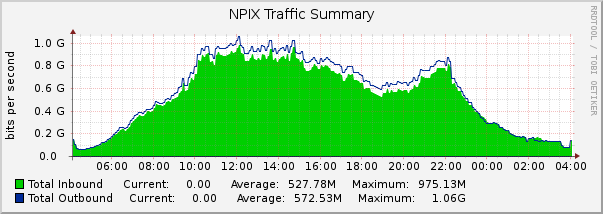NIXI expansion & some thoughts
Background
Lately, NIXI has been making a bit of news in the Indian peering ecosystem. NIXI for those who may not be aware is the National Internet Exchange of India. It was founded in 2003 with the idea to provide inter-connection layer 2 peering fabric for local Indian ISPs. They were supposed to ensure domestic Indian traffic is exchanged within India and not outside of India. In my previous post, I did cover how that is not true for now. They never picked up much interconnection due to a number of fundamental issues with their policies.

 One of frequent email and
One of frequent email and